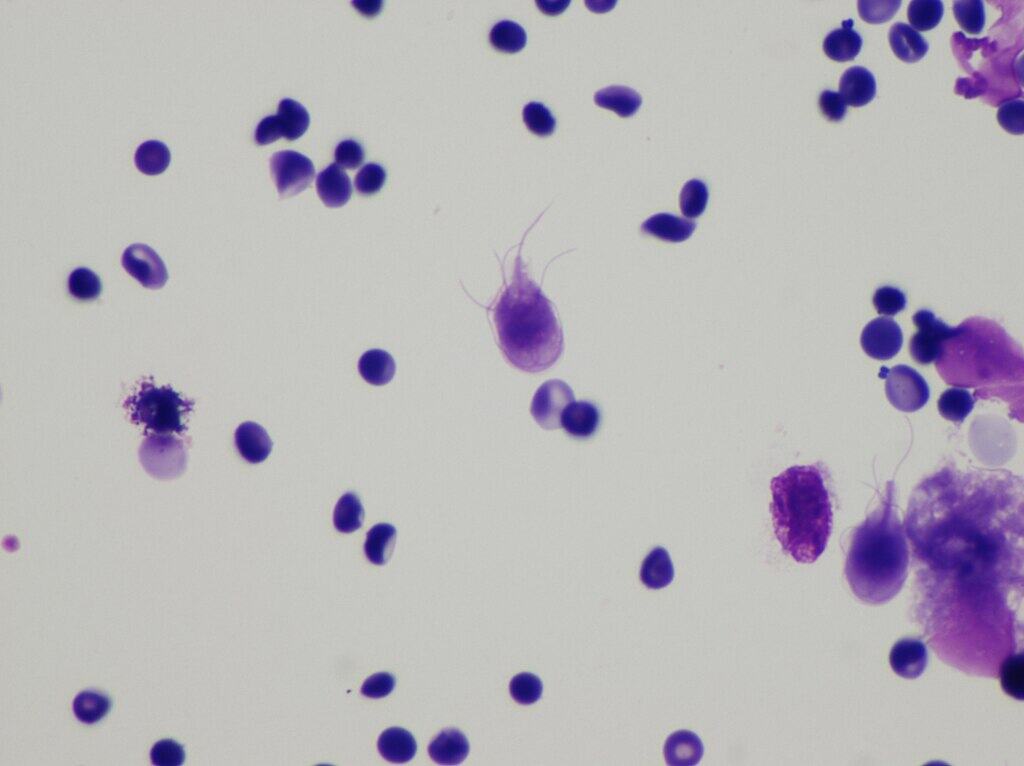In the vast tapestry of life on Earth, oxygen is generally considered essential for survival. Most organisms, from the smallest insects to the largest mammals, require oxygen to generate energy through cellular respiration. However, nature always finds exceptions to the rule. Some remarkable creatures have evolved alternative metabolic pathways that allow them to thrive in oxygen-depleted or even oxygen-free environments. These anaerobic organisms challenge our understanding of life’s requirements and demonstrate the incredible adaptability of living things. Lt’s explore twelve fascinating creatures that have evolved to survive without oxygen, defying conventional biological expectations.
12. Loricifera The Microscopic Deep-Sea Marvels
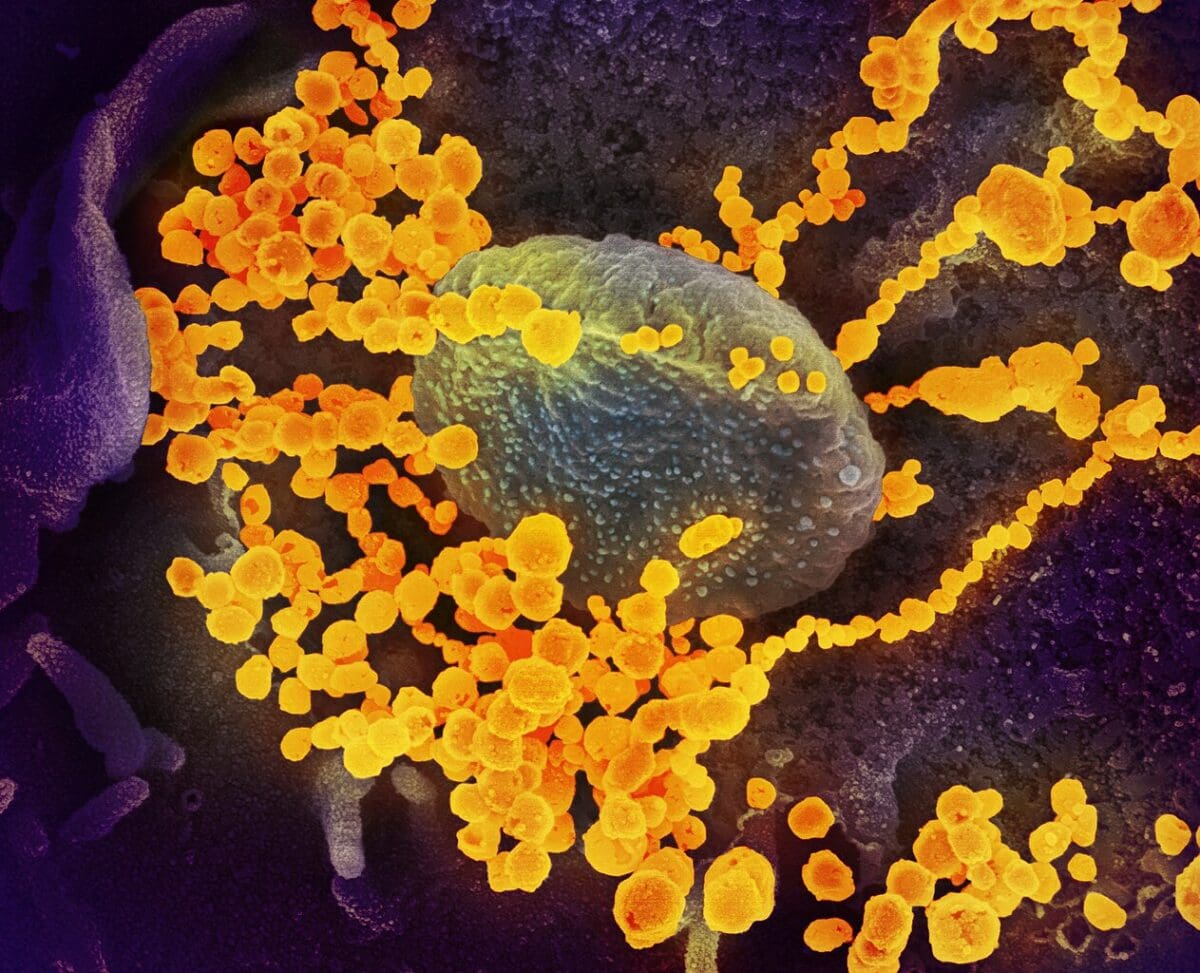
Deep within the Mediterranean Sea’s inhospitable L’Atalante Basin lies a truly extraordinary discovery—the first known multicellular animals that can complete their entire life cycle without oxygen. Loriciferans, tiny creatures less than 1mm in size, were discovered in 2010 in this hostile, hypersaline environment where oxygen is completely absent. Unlike most animals, these remarkable organisms have jettisoned their mitochondria, the cellular powerhouses that typically use oxygen to produce energy. Instead, they possess hydrogenosomes, organelles that can generate energy anaerobically. This groundbreaking discovery challenged the long-held belief that complex multicellular animals absolutely required oxygen for survival and opened up new possibilities for understanding life’s adaptability and potential existence in other extreme environments, perhaps even beyond Earth.
11. Henneguya salminicola The Oxygen-Free Parasite
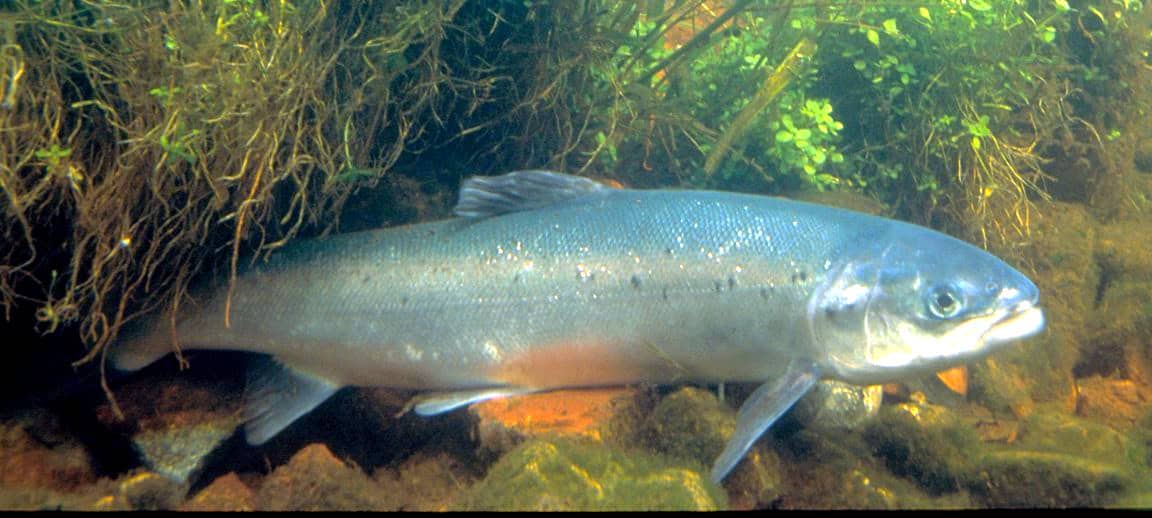
In 2020, scientists made a stunning discovery: Henneguya salminicola, a cnidarian parasite related to jellyfish and corals, had completely lost its mitochondrial genome. This salmon parasite represents the first known animal that doesn’t require oxygen to survive. Living inside fish tissue, H. salminicola has evolved in an environment where oxygen is scarce, leading to one of the most dramatic evolutionary adaptations known to science. Over time, it has abandoned aerobic respiration entirely, shedding the genetic material necessary for this process. Instead, it likely obtains energy by absorbing molecules from its host or through some form of anaerobic metabolism. This remarkable adaptation demonstrates how parasitic lifestyles can lead to extreme genomic reduction, with organisms losing seemingly essential functions as they become increasingly dependent on their hosts.
10. Methanogenic Archaea Ancient Methane Producers
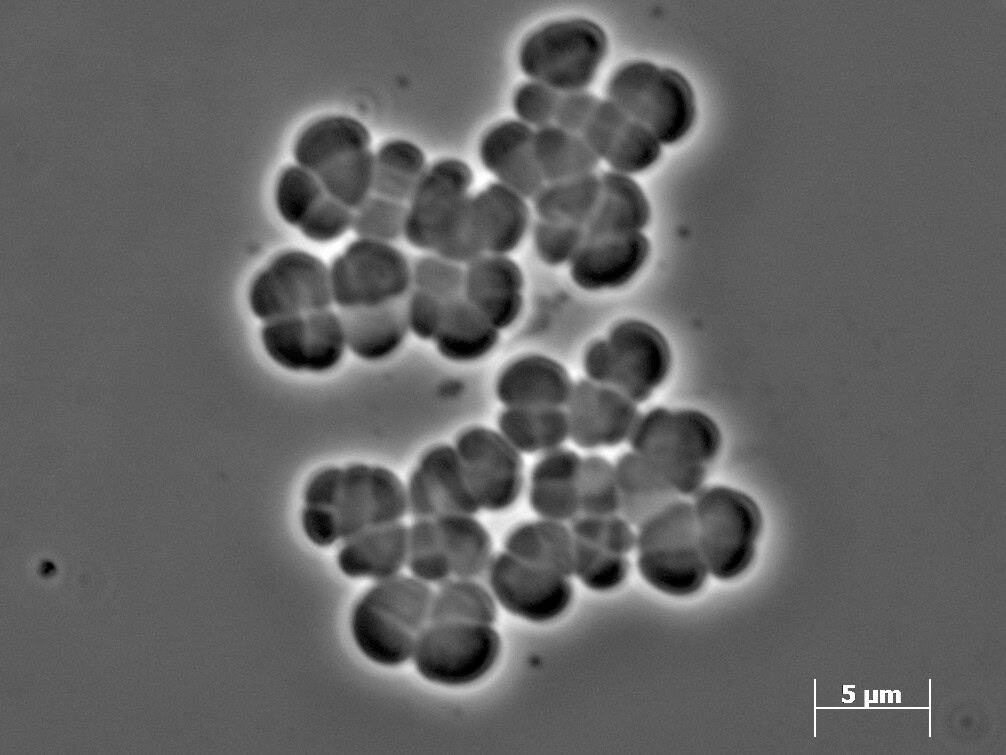
Among Earth’s oldest organisms, methanogenic archaea have been thriving in oxygen-free environments for billions of years. These single-celled microorganisms produce methane as a byproduct of their metabolism and are found in diverse anaerobic habitats, from deep-sea hydrothermal vents to wetlands and even the digestive tracts of animals, including humans. Not only do methanogens not require oxygen, but oxygen is actually toxic to them. They employ a unique metabolic pathway called methanogenesis, using carbon dioxide, hydrogen, or acetate to generate energy while producing methane gas. These ancient organisms play crucial roles in global carbon cycling and contribute significantly to greenhouse gas emissions. Some scientists even speculate that similar organisms could potentially exist on other planets like Mars, where methane has been detected in the atmosphere.
9. Spinoloricus cinziae Thriving in Toxic Brine
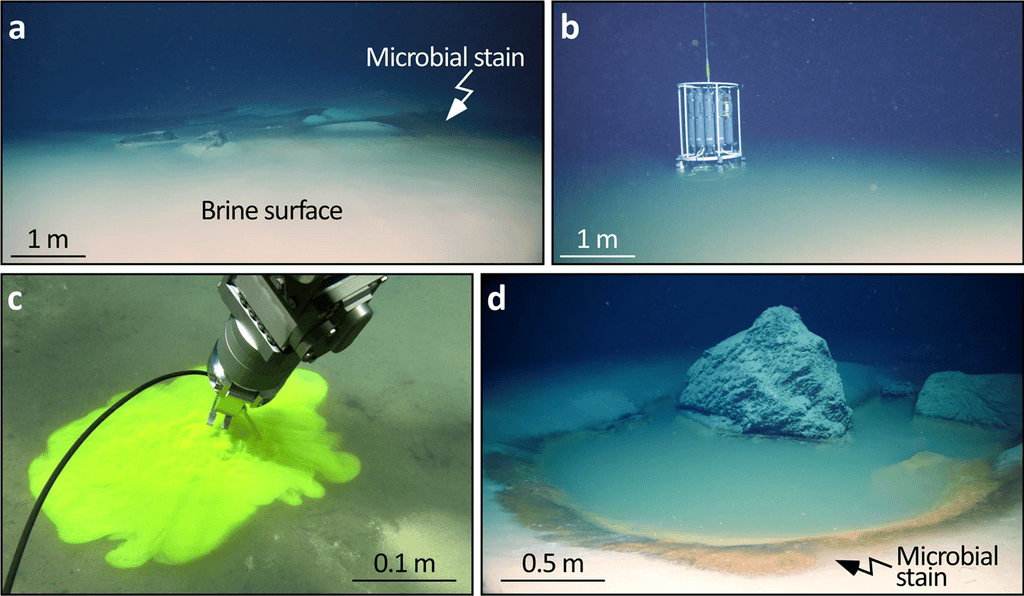
Discovered in the same harsh Mediterranean basin as other Loricifera species, Spinoloricus cinziae has adapted to live in conditions that would kill most animals instantly. The L’Atalante Basin contains hypersaline, oxygen-free brine that has remained isolated for thousands of years. This tiny loriciferan, measuring less than a millimeter, has evolved to use sulfur compounds instead of oxygen in its metabolic processes. Its cells contain hydrogenosomes rather than mitochondria, allowing it to generate energy anaerobically. What makes Spinoloricus particularly remarkable is that it completes its entire life cycle—including reproduction—in these extreme conditions. When researchers attempted to introduce oxygen to these organisms, they actually stopped moving, suggesting they’ve become so specialized for anaerobic life that oxygen might be harmful to them. This discovery has profound implications for understanding how complex life might adapt to extreme environments throughout the universe.
8. Naegleria fowleri The Brain-Eating Amoeba

Known ominously as the “brain-eating amoeba,” Naegleria fowleri demonstrates remarkable metabolic flexibility that allows it to survive in both aerobic and anaerobic conditions. This single-celled organism typically lives in warm freshwater habitats but can cause rare but devastating brain infections in humans. What makes N. fowleri particularly resilient is its ability to shift between different metabolic modes depending on environmental conditions. When oxygen levels drop, it can switch to anaerobic metabolism, using alternative electron acceptors and pathways to generate energy. This metabolic versatility contributes to its ability to survive in diverse environments and even withstand disinfection attempts. Though primarily found in warm bodies of water, its capacity to endure oxygen-depleted conditions means it can survive in sediments and other low-oxygen microenvironments, making it nearly impossible to completely eliminate from natural water sources.
7. Clostridium botulinum The Deadly Anaerobe
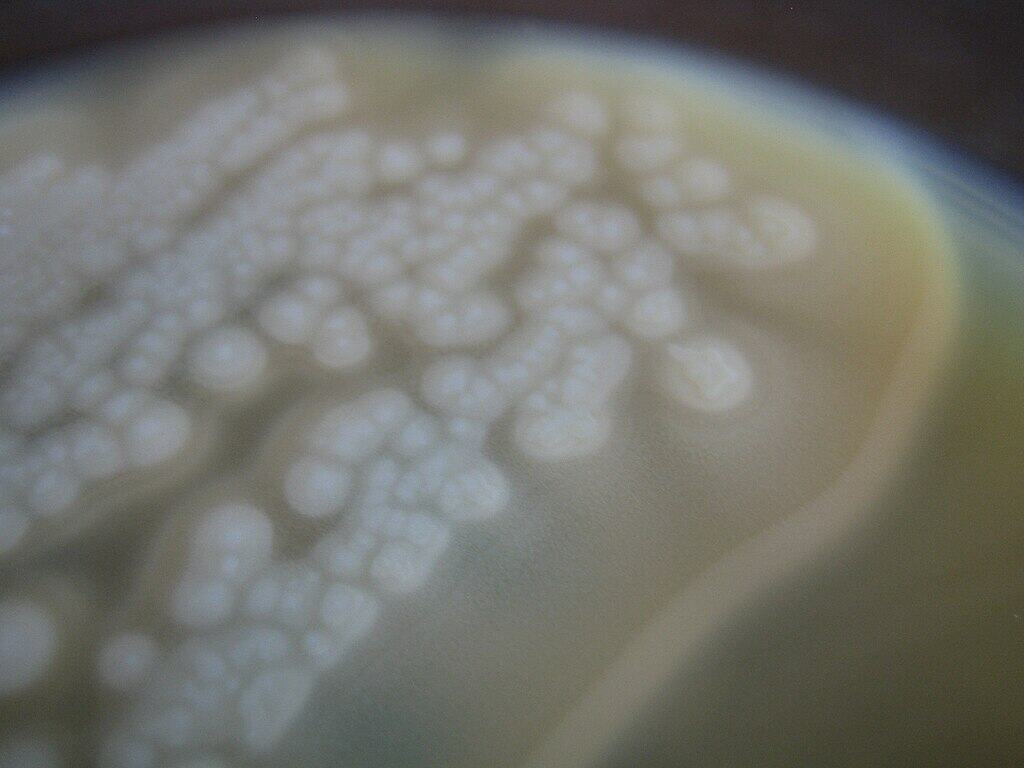
Clostridium botulinum, the bacterium responsible for producing botulinum toxin—the most potent biological poison known to science—is an obligate anaerobe that not only survives without oxygen but is actually killed by its presence. This soil-dwelling bacterium forms protective endospores that can remain dormant for years before germinating when conditions become favorable. C. botulinum thrives in oxygen-free environments such as improperly canned foods, where it produces the neurotoxin responsible for botulism, a potentially fatal paralytic illness. The bacterium uses fermentation processes to generate energy, breaking down organic compounds without requiring oxygen as an electron acceptor. Ironically, while its toxin has deadly potential, controlled medical applications of botulinum toxin (commonly known as Botox) have revolutionized both cosmetic procedures and treatments for various neurological conditions. The bacterium’s extreme sensitivity to oxygen serves as a critical control point in food preservation techniques, with proper canning methods specifically designed to prevent creating the anaerobic conditions it requires.
6. Desulfovibrio vulgaris The Sulfate Reducer
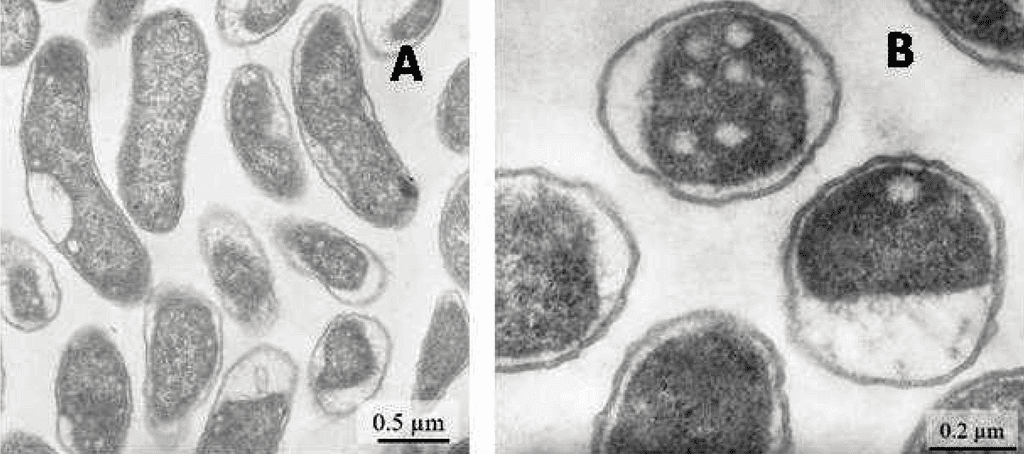
Desulfovibrio vulgaris exemplifies how life can adapt to use alternative elements in place of oxygen. This anaerobic bacterium employs sulfate respiration, using sulfate instead of oxygen as the terminal electron acceptor in its respiratory chain. The result is the production of hydrogen sulfide gas, recognizable by its characteristic rotten egg smell. D. vulgaris is ubiquitous in anaerobic environments like deep sediments, waterlogged soils, and the mammalian gut. These bacteria play crucial ecological roles in sulfur cycling and contribute to geochemical processes in marine sediments. However, they also present significant challenges to human infrastructure, as their metabolic activities contribute to microbially-influenced corrosion of metal pipelines and structures, costing industries billions of dollars annually. The sophisticated biochemical machinery that allows these organisms to “breathe” sulfate instead of oxygen represents a fundamentally different approach to energy generation than most life on Earth’s surface, highlighting the diversity of metabolic strategies that have evolved across the tree of life.
5. Tetrahymena pyriformis The Adaptable Ciliate
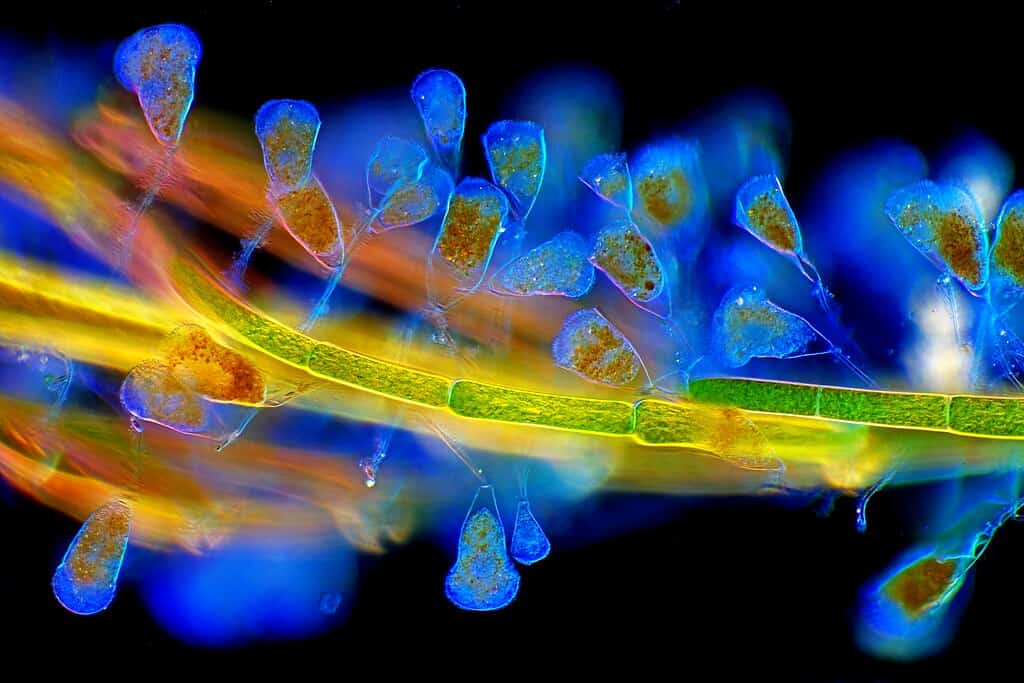
Tetrahymena pyriformis, a freshwater ciliate protozoan, demonstrates remarkable metabolic flexibility that allows it to thrive with or without oxygen. This single-celled organism is commonly found in ponds and streams, where oxygen levels can fluctuate dramatically. When oxygen is present, T. pyriformis uses conventional aerobic respiration through its mitochondria. However, when oxygen becomes scarce, it can switch to alternative pathways, utilizing nitrate or other compounds as electron acceptors. This ciliate has developed specialized organelles called hydrogenosomes alongside its mitochondria, giving it metabolic versatility in changing environments. Scientists have extensively studied Tetrahymena as a model organism, and its adaptability to anaerobic conditions has provided valuable insights into the evolution of eukaryotic metabolism. The genetic and biochemical mechanisms allowing this organism to seamlessly transition between oxygen-dependent and oxygen-independent metabolism represent sophisticated adaptations that have evolved over millions of years, allowing it to exploit ecological niches unavailable to strictly aerobic organisms.
4. Giardia intestinalis The Intestinal Parasite
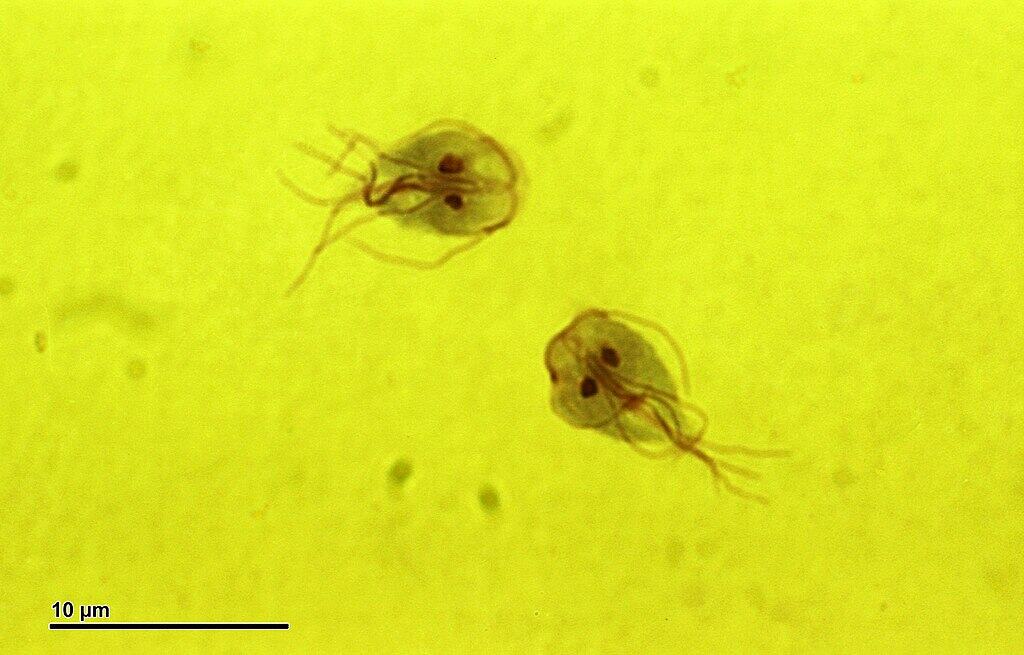
Giardia intestinalis (also known as Giardia lamblia) is a fascinating example of evolutionary adaptation to anaerobic environments. This intestinal parasite causes giardiasis, a common diarrheal disease affecting humans and animals worldwide. Unlike most eukaryotes, Giardia completely lacks mitochondria, instead possessing unique organelles called mitosomes. These mitosomes represent highly reduced mitochondrial remnants that have lost the ability to perform aerobic respiration but retain some metabolic functions. Giardia generates energy through substrate-level phosphorylation, a process that doesn’t require oxygen. This parasite’s streamlined metabolism is perfectly adapted to the low-oxygen environment of the small intestine, where it attaches to the intestinal wall and absorbs nutrients. Giardia’s evolutionary history offers compelling evidence for how parasitic lifestyles can lead to significant genomic and metabolic simplification, as organisms abandon complex systems unnecessary in their specialized ecological niches. The success of this ancient lineage demonstrates that aerobic respiration, while efficient, is not the only viable energy strategy for complex eukaryotic organisms.
3. Veillonella parvula The Oral Cavity Anaerobe

Veillonella parvula is an obligate anaerobe that has carved out a unique niche in the human oral microbiome. This gram-negative bacterium not only survives without oxygen but is harmed by its presence. V. parvula has evolved a cooperative relationship with other bacteria in dental plaque, particularly with Streptococcus species. While streptococci ferment sugars to produce lactic acid, Veillonella uses this lactic acid as its primary carbon and energy source, converting it to weaker acids like propionate and acetate. This metabolic relationship represents a classic example of syntrophy, where the waste product of one organism becomes the essential nutrient for another. By consuming lactic acid, Veillonella may help moderate pH levels in the mouth, potentially reducing the risk of dental caries. Though generally considered a commensal organism in the oral cavity, V. parvula can occasionally cause opportunistic infections, particularly in immunocompromised individuals. Its adaptation to the oxygen-depleted microenvironments within dental plaque biofilms showcases how anaerobic metabolism can be specialized for particular ecological niches within the human body.
2. Spirochaetes from Movile Cave Underground Specialists
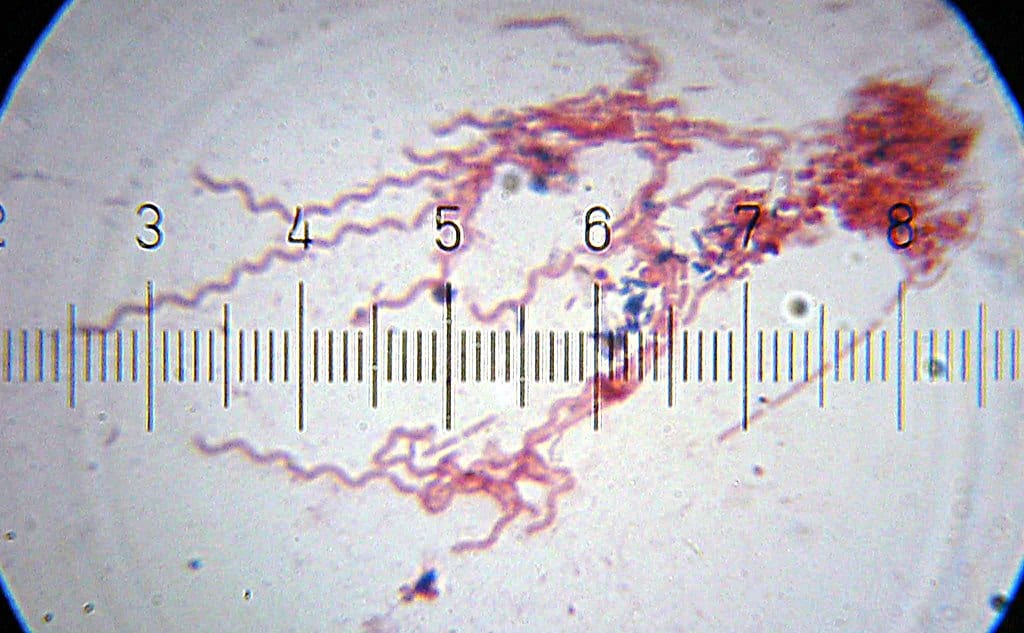
Deep within Romania’s Movile Cave, sealed off from the outside world for over 5.5 million years, lives a community of unique spirochaete bacteria that have evolved in complete isolation. This cave system, discovered in 1986, contains an ecosystem entirely based on chemosynthesis rather than photosynthesis, with no dependency on oxygen or sunlight. The spirochaetes found here have adapted to use hydrogen sulfide and other reduced compounds from the cave’s atmosphere and waters as energy sources. Unlike most surface ecosystems, which ultimately depend on solar energy, Movile Cave’s food web is built entirely on the chemical energy harvested by these and other microorganisms. These spirochaetes represent some of the most specialized anaerobic bacteria known, having evolved in an environment where oxygen levels are extremely low (1-2% compared to 21% in normal air) or absent entirely in certain cave regions. Their unique metabolic adaptations provide valuable insights into how life might exist in other extreme environments, including the subsurface of other planets or moons where similar chemical energy sources could be present.
1. Trichomonas vaginalis The Anaerobic Parasite
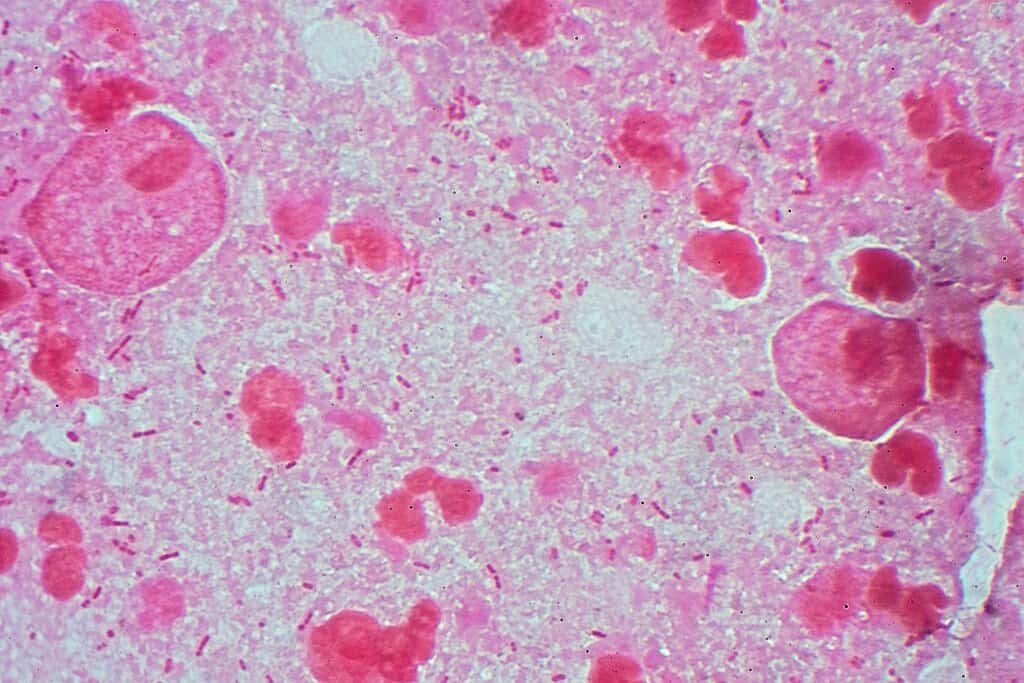
Trichomonas vaginalis, the parasite responsible for trichomoniasis, the most common non-viral sexually transmitted infection worldwide, has evolved to thrive in the low-oxygen environment of the human urogenital tract. This single-celled eukaryote lacks conventional mitochondria, instead possessing hydrogenosomes—specialized organelles that produce molecular hydrogen as a metabolic byproduct. T. vaginalis generates energy through substrate-level phosphorylation and fermentation pathways that don’t require oxygen. Its metabolic adaptations allow it to survive in the variable oxygen conditions of its host environment, where oxygen levels can fluctuate but remain generally low. The parasite’s genome shows evidence of substantial gene loss compared to aerobic relatives, reflecting its streamlined metabolism adapted for anaerobic conditions. Interestingly, T. vaginalis maintains complex cellular machinery despite its anaerobic lifestyle, with a relatively large genome containing numerous genes acquired through horizontal gene transfer from bacterial sources. This suggests that transition to anaerobic metabolism doesn’t necessarily mean overall cellular simplification, but rather specialized adaptation to a particular ecological niche.
Conclusion: Redefining Life’s Boundaries
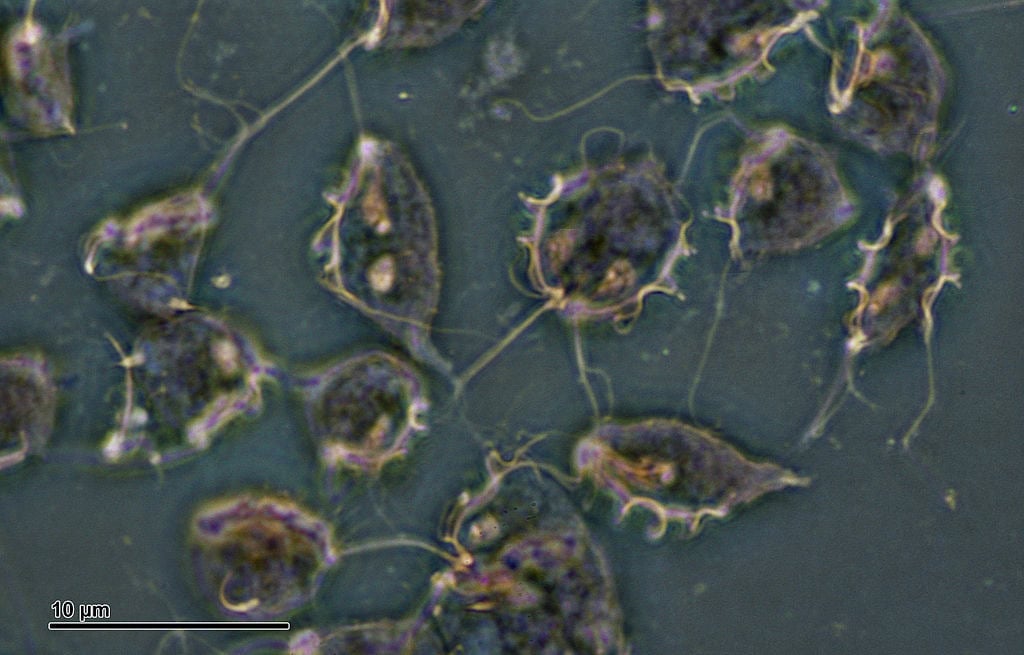
The remarkable creatures discussed in this article challenge our fundamental understanding of life’s requirements. While oxygen is essential for most organisms on Earth, these twelve examples demonstrate nature’s extraordinary ability to evolve alternative metabolic strategies for environments where oxygen is scarce or absent. From the microscopic Loricifera thriving in hypersaline deep-sea basins to the parasitic Henneguya salminicola that has completely abandoned its mitochondrial genome, these organisms represent the incredible diversity of life’s adaptations. Their existence expands our conception of habitable environments, with profound implications for astrobiology and the search for extraterrestrial life. As we continue to explore extreme environments on Earth, we’ll likely discover even more organisms that challenge our assumptions about life’s fundamental requirements, reminding us that life’s capacity for adaptation knows few bounds.
- 11 Signs a Rhino Is About to Charge - August 9, 2025
- 10 Common Chicken Behaviors and What They Mean - August 9, 2025
- 14 Creatures That Can Freeze and Thaw Back to Life - August 9, 2025

